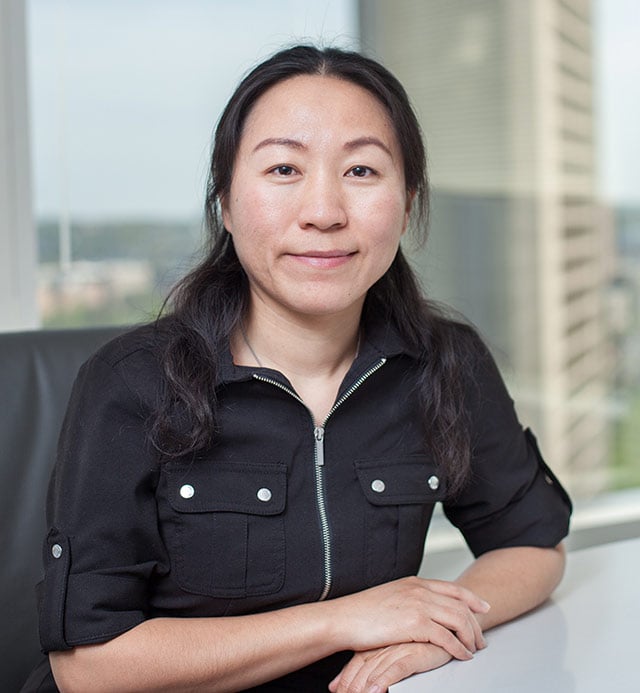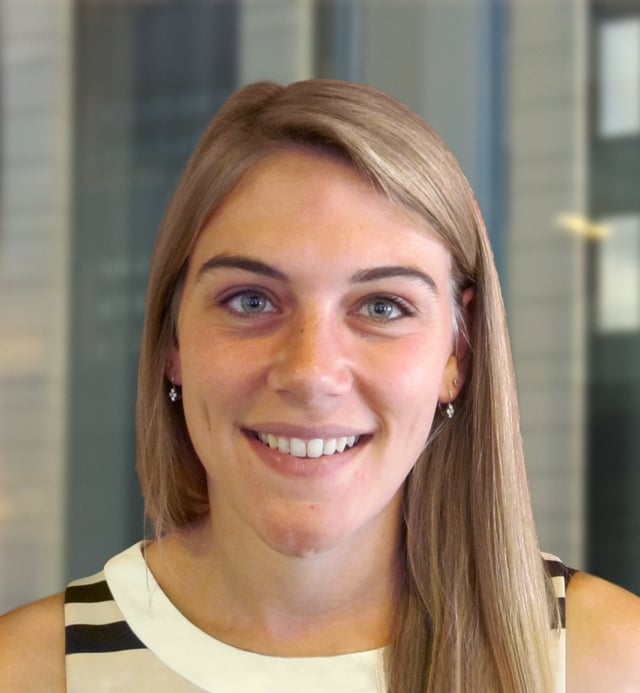Evaluating Costs of Treatment
Project #3: Assessing the impacts of switching or stopping treatment on health care outcomes
Sometimes patients whose conditions respond well to particular treatments switch to other therapies or stop treatment altogether for nonmedical reasons, such as insurance reimbursement problems, high out-of-pocket costs, or drug availability issues. A patient may switch to a biosimilar, which is similar in concept to a generic drug, but is developed for biologic therapies. The distinction between biologics and biosimilars is much more complicated than between brand-name and generic forms of conventional drugs, which are created chemically, because these biologic and biosimilar therapies are created biologically. An Analysis Group team investigated health care outcomes in people with certain autoimmune diseases who had received tumor necrosis factor (TNF) inhibitor drugs (such as Humira), or anti-TNFs, and had stopped or switched treatment for nonmedical reasons. Anti-TNFs suppress the body’s natural response to a protein involved in inflammation, and are prescribed for various autoimmune diseases.
Our team studied data from patients with Crohn’s disease, ulcerative colitis, rheumatoid arthritis, ankylosing spondylitis, psoriasis, and psoriatic arthritis who had continued with anti-TNF therapy, switched to another therapy (such as a biosimilar alternative), or stopped therapy entirely for nonmedical reasons. Multivariate regression was used to compare various outcomes, including overall disease control, disease flare-ups, and health care resource utilization between patients who continued and those who switched or stopped therapy.
This study demonstrated that switching or stopping anti-TNF therapy for nonmedical reasons is associated with a lower rate of well-controlled disease symptoms, more frequent flare-ups, and more frequent patient visits and hospitalizations. The potentially serious medical responses to switching or stopping therapy for nonmedical reasons are critical considerations for doctors and patients when developing treatment plans and making health care decisions, and for insurance providers when determining whether treatments are reimbursable.
Project Team Member Profiles

Hongbo Yang
Manager (now Managing Principal), BostonAt the time of the study, there was a lot of curiosity about how switching from a biologic to a biosimilar for nonmedical reasons would impact patients’ outcomes, but little was known. Our study was one of the first to address this question. I was the project manager, so my responsibilities included helping to identify suitable approaches to address client needs; developing the proposal; communicating with the client and team regarding objectives, the study approach, the timeline, and logistics; working with the team on designing the sampling mechanism and data collection approach; and collaborating on conducting analyses and interpreting study results, among other tasks. The team also worked with a clinical expert who helped us with the interpretation of the study results.
I especially enjoyed the study design phase, since this study had some unique challenges. For example, we needed to identify patients who had switched or stopped treatment for nonmedical reasons, but this information wasn’t observable in traditional data sources, such as insurance claims or typical electronic medical records. To meet this need, we used a chart-by-chart review to understand the reasons for treatment changes. However, such an approach is often limited by sample size for practical considerations, so we employed a matched case-control design to increase the statistical power.
The project team worked together very smoothly. In fact, the thing I like most about working at Analysis Group is that I always work within a team, and everyone is willing to help. I appreciate that team members are collaborative, curious, and willing to take responsibility.

Lizzie Faust
Senior Analyst (now Associate), New YorkAs the senior analyst on the project, I worked with two other Boston analysts to put together the final results that were presented to the client and published. I drafted the initial case report form (CRF), worked with a trusted third-party market research organization to program the CRF online, reviewed analyses and interim results, discussed next steps with the manager, and reviewed results and manuscript drafts with the client. Our analyses were coded in SAS; I helped train the more junior analysts on the team in SAS programming.
This was my first project as a senior analyst, so I enjoyed the professional development opportunity to manage the relationship with the outside researchers. I also really enjoyed the project team – I worked with consultants at many levels: analysts, managers, and the managing principal. Everyone worked together, and we consulted with colleagues in other offices when needed. We often anticipated and addressed issues ahead of time, which the client appreciated.
The importance of having a collaborative culture cannot be overstated. I see us as one big team – the client’s team, Analysis Group’s team, the clinicians who help to provide the clinical context for our findings, and the outside researchers all work together to answer challenging questions and expand upon existing literature.

